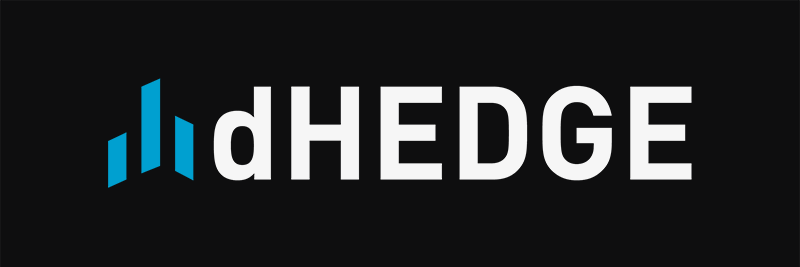I’ve been thinking about how we can more closely align DHT with the platform itself. Taking inspiration from platforms like Curve and mStable that have a boost for stakers, I think dHEDGE could implement something similar.
While it would be of interest to more closely align DHT with users of the platform we don’t want to make it too cumbersome for users either.
After running the numbers, it turns out that ~80% of users earn 100 DHT or less per month from Performance Mining while 20% of users (whales) earn ~90% of the monthly DHT rewards.
With this in mind, I suggest the following changes to Performance Mining:
- Earn up to 100 DHT per month with no vDHT staking requirement
- For rewards over 100 DHT per month you need to have staked DHT according this formula: Max monthly rewards = vDHT/12
- Remove vesting. Currently, DHT performance rewards are paid out with a 3 month lag. The benefit of paying out DHT with a lag is unclear
In reality rewards would be based on daily snapshots of invested capital in eligible pools. Monthly payments are done to lower the operational burden of payouts.
The above suggestion would for the vast majority of users mean no change, while whales would need to stake DHT. Since whales earn most of the rewards, this would mean that unless they staked DHT, the yield % would go up as they wouldn’t be eligible for rewards, potentially creating a positive feedback loop.
After feedback on this suggestion, I’d be keen to put this up for a snapshot vote.

